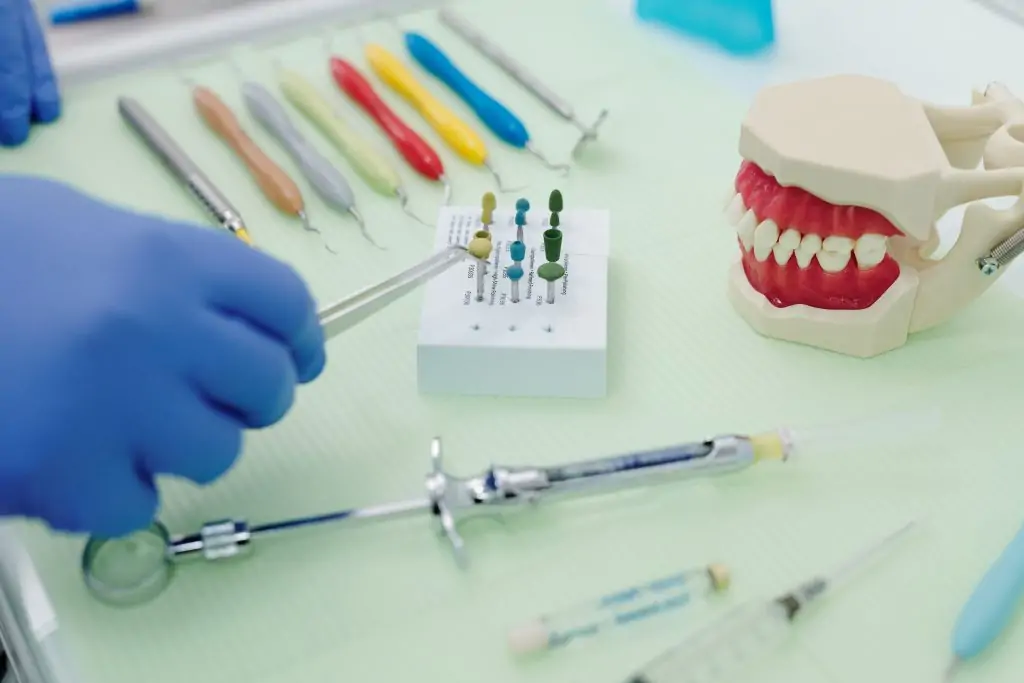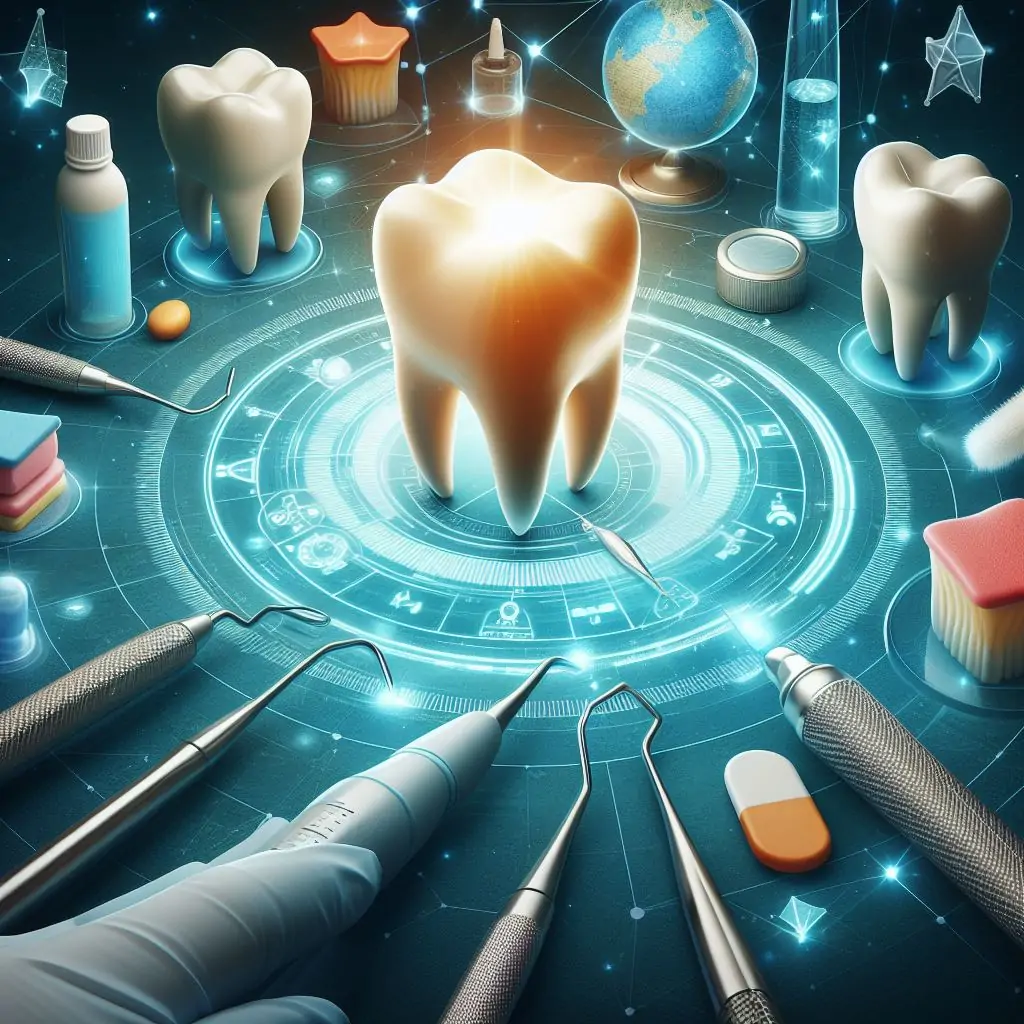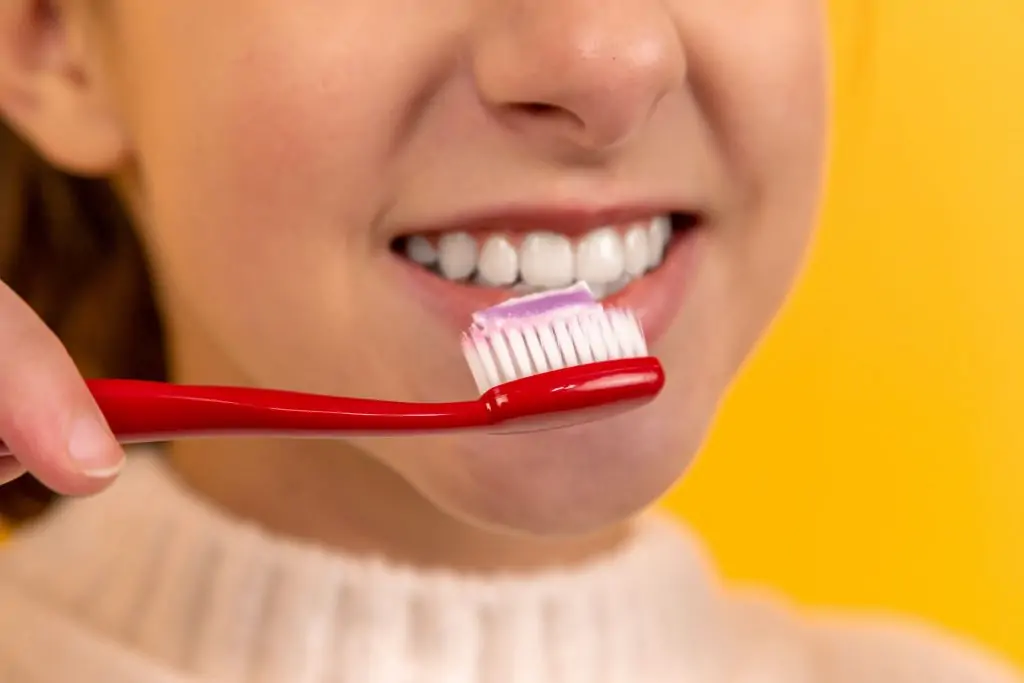
In the world of dental health, routine cleanings stand as a cornerstone, essential for maintaining a healthy smile. But what exactly goes on during these visits? Specifically, what tools do your dentists use to keep your teeth sparkling clean? This article delves into the typical instruments employed during dental cleaning, shedding light on their purpose and functionality.
The Significance Of Professional Dental Cleanings
The significance of professional dental cleanings cannot be overstated in the context of maintaining oral health and overall well-being. These cleanings, performed by a dental hygienist or dentist, go beyond the routine brushing and flossing done at home. They play a vital role in preventing dental diseases and ensuring the longevity of your teeth and gums. Here’s a closer look at their importance:
- Plaque and Tartar Removal: Even with diligent at-home oral care, plaque can build up and harden into tartar, which is difficult to remove with just brushing and flossing. Professional cleanings effectively remove this buildup. Tartar, if left untreated, can lead to serious dental issues like cavities and gum disease.
- Prevention of Gum Disease: Gum disease starts with plaque buildup and can progress to a more serious condition called periodontitis, potentially leading to tooth loss. Regular dental cleanings help prevent the onset and progression of gum disease by keeping the gum line clean and healthy.
- Early Detection of Dental Issues: Regular cleanings allow your dentist to detect early signs of problems such as cavities, broken fillings, and more serious conditions like oral cancer. Early detection often results in easier and more cost-effective treatments.
- Oral Cancer Screening: During a professional cleaning, the dentist also conducts an oral cancer screening, which is crucial for early detection and treatment of oral cancer.
- Maintaining Overall Health: Diabetes, heart disease, stroke, and other systemic disorders have all been related to poor dental health. Frequent dental cleanings support the maintenance of good oral health, which in turn supports improved general health.
- Aesthetic Benefits: Besides health benefits, cleanings remove stains from teeth, leading to a brighter smile. This can have a significant positive impact on one’s self-esteem and social interactions.
- Tailored Oral Hygiene Advice: Professional cleanings also provide an opportunity for dental professionals to give personalized advice on oral hygiene based on the observation of your oral health condition.
Overview of Dental Cleaning Tools
- Mouth Mirror: This small handheld mirror is a fundamental tool in any dental cleaning. It allows the dentist or hygienist to view hard-to-reach areas in the mouth, ensuring a thorough examination and cleaning. The mirror is also used to reflect light and provide indirect vision of hidden surfaces.
- Scalers and Curettes: These instruments are vital for removing plaque and tartar (hardened plaque) from teeth. Scalers have pointed ends and are used to remove larger, more stubborn tartar deposits, especially above the gum line. Curettes, with their curved and rounded ends, are designed to remove deposits from below the gum line and between teeth, helping to prevent and treat gum disease.
- Ultrasonic Instruments: Ultrasonic scalers are advanced tools that use high-frequency vibrations to loosen and remove tartar and plaque. They often have water irrigation systems attached to them, which help to wash away the debris and keep the area cool.
- Polishing Tools: After scaling, the teeth are usually polished. This is typically done with a small, soft rubber cup that attaches to a dental handpiece. The cup spins and is used with a gritty toothpaste-like substance called prophylaxis paste to remove surface stains and smooth the tooth surface.
- Floss: Dental professionals use floss during cleaning to remove plaque and food particles from between the teeth, areas where brushes and scalers cannot reach effectively.
- Water and Air Flossers: Some dental practices use high-pressure water or air flossers to further clean between the teeth and along the gum line. These tools can be especially helpful for patients with braces or dental bridges.
Mouth Mirrors and Explorers: The Basic Inspectors
A dental cleaning begins with a thorough examination. Dentists use mouth mirrors, small mirrors attached to metal handles, to view hard-to-see areas of the mouth. These mirrors are instrumental in inspecting the back surfaces of teeth and the health of the gums. Alongside, dental explorers, with their sharp points, are used to detect any cavities or issues on the tooth surface.
Scalers and Curettes: The Plaque Fighters
The main event of a dental cleaning involves removing plaque and tartar. Scalers and curettes are the tools for this job. Scalers, with their hooked ends, are adept at removing larger deposits of tartar. Curettes, slightly more delicate, are used for finer scaling and to clean below the gum line. Their curved design allows for meticulous cleaning without damaging the gums.
Ultrasonic Scalers: The High-Tech Option
For a more advanced cleaning, many dentists now use ultrasonic scalers. These devices use high-frequency vibrations to break up tartar and plaque. They often come with a water spray to wash away the debris and keep the area at a comfortable temperature.
Polishing Tools: For the Final Shine
Post-scaling, your teeth might feel a bit rough. This is where polishing tools come in. These tools use a soft, spinning rubber cup loaded with prophylactic paste to polish the teeth. This process not only smoothens the teeth but also removes surface stains, leaving you with a brighter smile.
Floss and Water Jets: The Detailers
No cleaning is complete without flossing. Dentists use professional flossing techniques to remove any lingering plaque between teeth. In some cases, water jets or oral irrigators might be used for an additional layer of cleaning, especially useful for patients with braces.
Fluoride Treatments: The Protectors
After the cleaning, a fluoride treatment is often applied. This usually comes in the form of a gel or varnish and helps strengthen the teeth, making them more resistant to decay.
Dental X-rays: The Invisible Insight
In some dental cleanings, particularly if it’s been a while since your last visit, X-rays might be taken. These images help dentists detect decay, tumors, cysts, or bone loss not visible to the naked eye.
Conclusion: The Importance of Regular Cleanings
Regular dental cleanings are more than just a polish for your pearly whites; they are preventive measures against gum disease, tooth decay, and other oral issues. Understanding the tools and processes involved can demystify the experience and emphasize the importance of these routine visits. So, the next time you’re in the dental chair, you’ll know exactly what’s going on and why each tool is essential for maintaining your dental health.




